Facebook Dynamic Ads: How Does It Work?
Are you ready to level up your business growth and scale up your brand? All you need is the right marketing strategies to advertise your products and make a name for your business.

Throw your brand out there in the open market and let people get accustomed to it using the effective strategy of dynamic product ads facebook. You can generate amazing leads using VipResponse marketing services as it helps to attract more buyers by scraping the potential customers out from the crowd.
What are Facebook Dynamic Product Ads?
DPA is a type of business marketing and advertising format that allows businesses to promote their products on Facebook and Instagram to people who have shown interest in their products or similar products in the past.
With DPAs, businesses can create and run campaigns that automatically promote relevant products to the right people at the right time, resulting in increased conversions and revenue.
Advantage+ Campaigns vs. Facebook Dynamic Ads: Understanding the Distinction
In the realm of digital advertising, Advantage+ Campaigns and Facebook Dynamic Ads stand as distinctive approaches in reaching and engaging a targeted audience. While both methods leverage compelling images and strategic ad placements, they differ in their core strategies. Advantage+ Campaigns excel in offering a highly personalized experience, tailoring content based on a customer’s specific preferences and interactions. This makes it a potent tool for e-commerce businesses aiming to entice potential shoppers and guide them seamlessly through their purchase journey.
Facebook Dynamic Ads, on the other hand, have a broader scope, efficiently reaching a wider net of potential consumers based on their online behavior and interests. These ads dynamically populate with products relevant to a user’s browsing history, presenting a powerful tool for businesses looking to re-engage previous shoppers and recover abandoned carts. With the ability to harness a vast array of data points, Facebook Dynamic Ads provide a versatile means of capturing the attention of a diverse audience of online consumers.
In summary, while creating both Advantage+ Campaigns and Facebook Dynamic Ads leverage impactful images and strategic ad placements to target specific audiences, their core strengths lie in their approach. Advantage+ Campaigns thrive in crafting highly personalized experiences for individual customers, making them ideal for e-commerce ventures. Conversely, Facebook Dynamic Ads excel in broadening reach and re-engaging a diverse spectrum of potential consumers based on their online interactions, making them a dynamic choice for businesses seeking to recover and boost sales.
Key Takeaway Features of DPAs
Learning more about DPAs can be tricky to keep track of all the information. Here are some key takeaway features of dynamic product ads that make them effective advertising formats working for all types of businesses.
- Uniquely Targeted Advertisement
- DPAs are highly targeted, meaning that ads are shown to people who have already shown interest in similar products.
- High Conversion Rates
- Using DPAs, businesses are more likely to see a higher conversion rate. DPAs act to generate vip leads by reaching out to people who are already interested in your products.
- Dynamic Product Structure
- DPAs are dynamic, meaning that the ad content is automatically generated based on the product catalog. This means that businesses can easily scale their advertising efforts, as they don’t have to create individual facebook dynamic creative ads for each product.
- Cost-effective Solutions
- Finally, DPAs can be very cost-effective as businesses only have to pay when someone proceeds to click on their ad leading to a new page.
How Do DPAs Work?
DPAs work by simply pulling out user’s data information from a business’s major product catalog. The product catalog is the one source that includes all product details such as its name, small description, visual images, set price, and other useful information.
The product catalog is then used to create ad templates that represent the product within an ad. It can be customized to include specific details such as product names, images, features and descriptions.
Facebook dynamic ads example is when someone on the internet finds a product ad to interact with, Facebook uses data from their behavior and past purchases to show them the most relevant products based on their previous experience by monitoring their activities on Facebook.
How to Set Up a DPA Campaign?
Setting up a DPA campaign involves creating a product catalog, installing Facebook Pixel, creating ad templates, choosing ad format, setting targeting options, setting budget and bidding options, and launching your campaign.

Here’s a stepwise guide to set up a DPA (Dynamic Product Ads) campaign on Facebook.
Step # 1: Create a Product Catalog
Before setting up a DPA campaign, you need to create a product catalog in Facebook’s Business Manager. The catalog should include all the relevant details for each product, such as product name, description, image, and price.
Step # 2: Install Facebook Pixel
Facebook Pixel is a tracking code that you need to install on your website to track user behavior and conversion events. This will help you to retarget users who have interacted with your website.
Step # 3: Create Ad Templates
Once the product catalog is created, businesses can then create ad templates that pull information from the catalog to automatically generate ads. Ad templates can be customized to include specific details such as product names, images, and descriptions.
Step # 4: Choose Ad Format
When setting up a DPA campaign, businesses can choose from several ad formats, including carousel, single image, and collection. Carousel ads allow businesses to showcase multiple products in a single ad, while single image ads feature a single product image. Collection ads are designed to showcase a range of products within a single ad, with the option for users to click through to a landing page featuring all the products.
Step # 5: Set Targeting Options
Once the ad format has been selected, businesses can set their targeting options. This includes targeting people who have interacted with your website or Facebook page, as well as people who have shown interest in similar products in the past.
Step # 6: Set Budget And Bidding Options
Business owners can also set their budget and bidding options. This means to choose the budget option from a list of different bidding methods including to pay per vip calls, pay per click, pay per impression, or pay per conversion.
Step # 7: Launch Your Campaign
Once everything is set up, and you are content with the set outline, you can launch your campaign and start promoting your products to your target audience.
By following these steps, you can create a highly effective DPA campaign that reaches the right audience at the right time to produce effective results.

Facebook Dynamic Products Ads are a highly effective advertising format for businesses looking to promote their products on Facebook and Instagram. By using data from a business’s product catalog, DPAs allow businesses to automatically generate highly targeted and relevant ads, resulting in increased conversions and revenue. With the ability to customize ad templates and choose from a range of ad formats and targeting options, businesses can create effective DPA campaigns that reach the right people at the right time.
Conclusion
In this comprehensive guide to Facebook Dynamic Ads, we’ve navigated the dynamic landscape of one of the most powerful advertising tools available to marketers today. Facebook Dynamic Ads offer a level of personalization and automation that can significantly enhance your advertising efforts, driving better results and ROI.
We began by exploring the fundamental concept of Dynamic Ads, understanding how they work, and their key benefits. We delved into the intricacies of setting up Dynamic Ads campaigns, from product catalogs to ad creative and targeting options.
Throughout the guide, we emphasized the importance of data-driven decisions and the role of dynamic product ads in reaching the right audience with the right products at the right time. We discussed the dynamic retargeting capabilities of Facebook Dynamic Ads, enabling you to re-engage potential customers and maximize conversions.
Furthermore, we addressed common challenges and provided practical tips for optimizing your Dynamic Ads campaigns, ensuring that your advertising dollars are spent efficiently.
As you navigate the world of digital advertising, remember that Facebook Dynamic Ads are a valuable tool, but success requires ongoing monitoring, testing, and adaptation to changing consumer behavior and market trends.
In conclusion, Facebook Dynamic Ads are a dynamic force in the world of online advertising. By harnessing the power of automation, personalization, and data-driven insights, you can create highly effective and efficient ad campaigns that drive results. Whether you’re an e-commerce business looking to boost sales or a brand aiming to increase engagement, Facebook Dynamic Ads can be a game-changer in achieving your marketing objectives. As you embark on your Dynamic Ads journey, stay creative, stay analytical, and stay dynamic to unlock the full potential of this advertising powerhouse.
FAQ
What are Facebook dynamic ads?
Facebook dynamic ads are personalized, automated ad units that allow businesses to promote their products or services to specific audiences. These ads automatically populate with relevant content, such as product images, descriptions, and prices, based on the interests and behaviors of individual users. This dynamic content is pulled directly from a business’s product catalog, making it a highly efficient way to reach potential customers.
How to create dynamic ads on Facebook?
To create dynamic ads on Facebook, you’ll need to set up a product catalog through Facebook Business Manager. Once your catalog is ready, you can create a dynamic ad campaign in Ads Manager. During the ad creation process, choose the “Dynamic Ad” option and select your product catalog. Customize your ad’s creative elements, such as images, headlines, and ad copy. Set targeting parameters to reach your desired audience, and finally, launch your campaign.
Should I use dynamic ads on Facebook?
Using dynamic ads on Facebook can be highly effective, especially for e-commerce businesses or those with a large product catalog. They enable you to automatically showcase relevant products to individual users based on their browsing behavior, increasing the likelihood of conversion. If you have a diverse range of products or services and want to reach a broad audience with personalized content, dynamic ads can be a valuable addition to your advertising strategy.
What is the difference between static and dynamic ads on Facebook?
The main difference between static and dynamic ads on Facebook lies in the content they display. Static ads have fixed content that remains the same for all viewers. In contrast, dynamic ads automatically populate with personalized content, such as product images, descriptions, and prices, based on the user’s interests and behaviors. This dynamic content is pulled directly from a business’s product catalog, providing a highly tailored experience for each viewer. Dynamic ads are particularly effective for businesses with large product catalogs or those looking to deliver personalized content to specific audiences.


